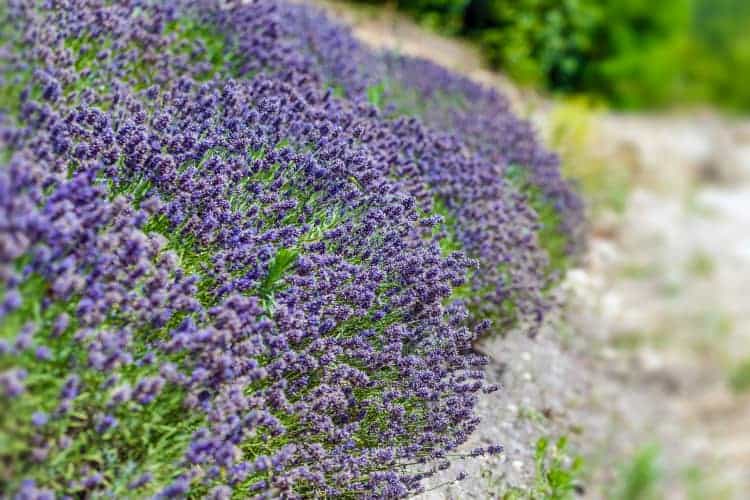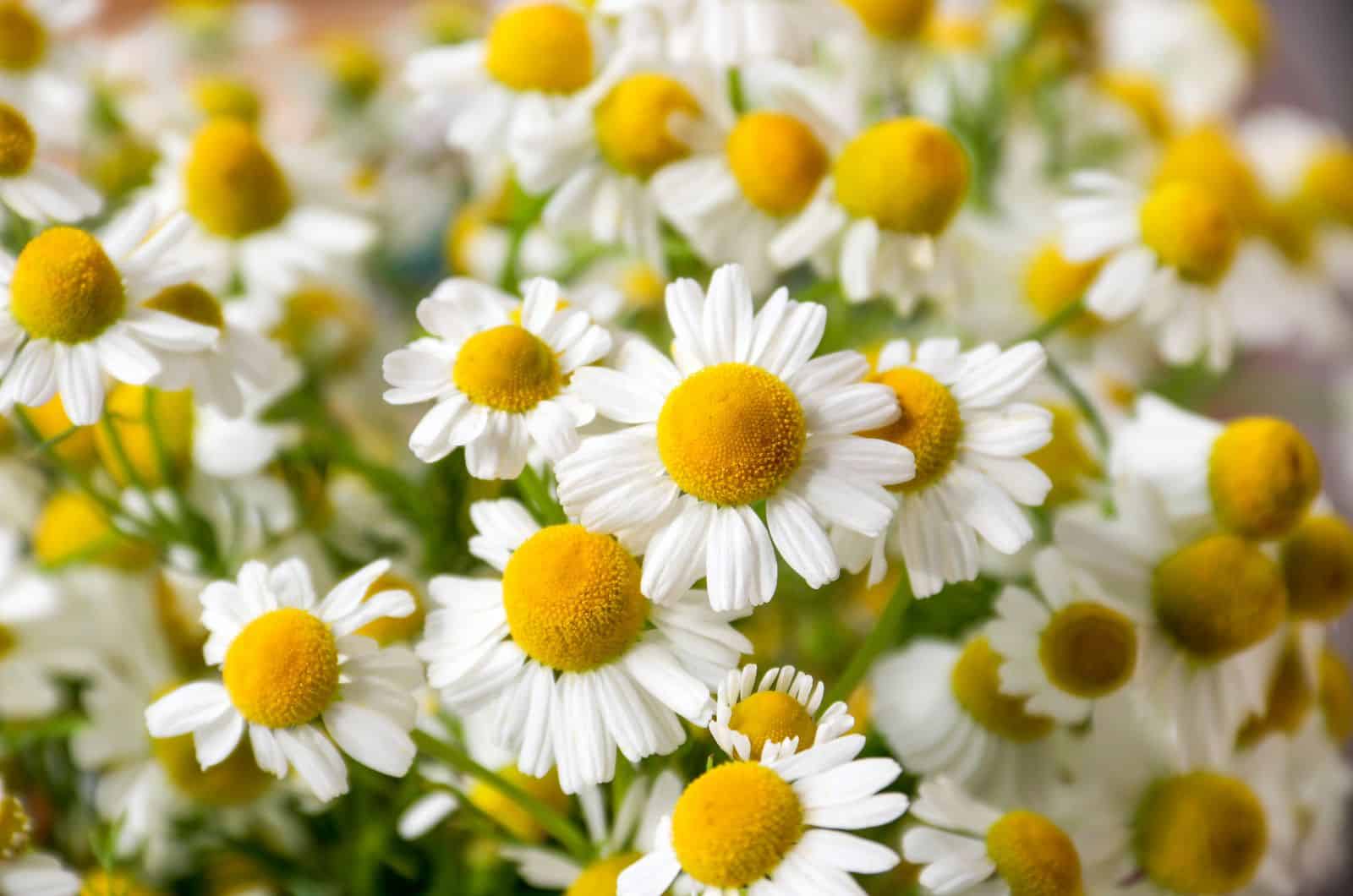Winter Savory Companion Plants: The Complete Guide
Winter Savory Companion Plants: The Complete Guide
Winter savory is a versatile herb that can be used in both cooking and gardening. It has a strong, savory flavor that can add depth and complexity to dishes. Winter savory is also a good companion plant for other herbs and vegetables, as it can help to deter pests and diseases.
In this blog post, we will discuss the best companion plants for winter savory. We will also provide information on how to plant and care for winter savory, as well as how to harvest and use it in cooking.
Benefits of Companion Planting
Companion planting is a gardening technique that involves planting certain plants together in order to benefit each other. There are many different benefits to companion planting, including:
- Reduced pest and disease pressure: Some plants can help to repel pests and diseases, while others can actually attract beneficial insects that prey on pests.
- Improved pollination: Some plants can help to improve pollination, which can lead to increased yields of fruits and vegetables.
- Enhanced growth and productivity: Companion plants can help to improve the growth and productivity of other plants by providing them with nutrients, shade, or support.
- Improved soil quality: Some plants can help to improve soil quality by adding nutrients or organic matter.
Best Companion Plants for Winter Savory
Winter savory can be planted with a variety of other herbs and vegetables. Some of the best companion plants for winter savory include:
- Beans: Beans fix nitrogen in the soil, which can benefit winter savory. Winter savory can also help to repel bean beetles.
- Onions: Onions can help to repel cabbage moths and other pests. Winter savory can also help to improve the flavor of onions.
- Garlic: Garlic can help to repel pests and diseases. Winter savory can also help to improve the flavor of garlic.
- Tomatoes: Tomatoes can benefit from the insect-repelling properties of winter savory. Winter savory can also help to improve the flavor of tomatoes.
- Rosemary: Rosemary and winter savory have similar growing requirements and can be planted together. They can also help to repel pests and diseases.
- Lavender: Lavender is a beautiful and fragrant herb that can help to attract pollinators. Winter savory can also help to improve the flavor of lavender.
- Thyme: Thyme and winter savory have similar flavors and can be used together in cooking. They can also help to repel pests and diseases.
- Hyssop: Hyssop is a flowering herb that can help to attract pollinators. Winter savory can also help to improve the flavor of hyssop.
How to Plant and Care for Winter Savory
Winter savory is a relatively easy plant to grow. It prefers full sun and well-drained soil. Winter savory can be planted from seed or from seedlings. If planting from seed, sow the seeds 1/4 inch deep and 1 inch apart. Winter savory seeds can take up to 3 weeks to germinate. If planting from seedlings, space the plants 12-18 inches apart.
Winter savory does not require a lot of water. Water the plants regularly during the first few weeks after planting, but then water them only when the soil is dry to the touch. Winter savory is a hardy plant and can tolerate cold weather. However, it is best to protect the plants from frost in the winter.
How to Harvest and Use Winter Savory
Winter savory can be harvested throughout the growing season. The leaves can be used fresh or dried. To dry winter savory, simply gather the leaves and hang them in a cool, dark place. Once the leaves are dry, they can be stored in an airtight container.
Winter savory can be used in a variety of dishes. It is a good addition to soups, stews, and sauces. Winter savory can also be used to flavor meats, poultry, and fish. It can also be used in salads and vegetable dishes.
Conclusion
Winter savory is a versatile herb that can be used in both cooking and gardening. It is a good companion plant for a variety of other herbs and vegetables, and it can help to deter pests and diseases. Winter savory is relatively easy to grow and care for, and it can be harvested throughout the growing season.
Winter savory is a versatile herb that can be used in cooking, as well as a pest deterrent for other neighboring plants. When companion planting winter savory, there are a few things to keep in mind. First, winter savory prefers full sun and well-drained soil. It is also a relatively drought-tolerant plant.
Some good companion plants for winter savory include:
- Beans: Winter savory can help to repel bean beetles and other pests.
- Onions: Winter savory can help to improve the flavor of onions.
- Tomatoes: Winter savory can help to repel tomato hornworms.
- Roses: Winter savory can help to repel aphids and other pests.
- Lavender: Winter savory and lavender are both fragrant herbs that can attract pollinators to your garden.
- Thyme: Winter savory and thyme are both members of the mint family and can be planted together to create a lush, aromatic border.
For more information about winter savory companion plants, please visit Garden Wiki.
FAQ of winter savory companion plants
- What are some good companion plants for winter savory?
Winter savory is a hardy herb that can be grown in a variety of conditions. It is a good companion plant for tomatoes, cabbage, broccoli, and cauliflower. It helps to repel pests and diseases, and it also improves the flavor of these vegetables. Other good companion plants for winter savory include beans, carrots, cucumbers, lettuce, and onions.
- How close together should I plant winter savory and its companion plants?
Winter savory can be planted about 12 inches apart. Its companion plants should be planted at the same distance. This will give them enough space to grow and thrive.
- Do winter savory and its companion plants need the same amount of sunlight?
Winter savory and its companion plants all need full sun. However, if you live in a hot climate, you may want to plant them in partial shade. This will help to prevent them from getting too hot and stressed.
- How often should I water winter savory and its companion plants?
Winter savory and its companion plants should be watered regularly, especially during the first few weeks after planting. Once they are established, you can water them less often. However, it is important to keep the soil moist, especially during hot, dry weather.
- How do I fertilize winter savory and its companion plants?
Winter savory and its companion plants do not need to be fertilized often. You can fertilize them once a month during the growing season with a balanced fertilizer. However, if you are growing them in rich soil, you may not need to fertilize them at all.
Image of winter savory companion plants
5 different images of "winter savory companion plants" from Pinterest:
- Image 1: Winter savory and lavender. Both plants are aromatic and can help to repel pests. They also have similar growing requirements, making them good companions.

- Image 2: Winter savory and thyme. Both plants are members of the mint family and have a similar flavor profile. They can be used together in cooking or grown together in the garden.

- Image 3: Winter savory and rosemary. Both plants are evergreen and can tolerate cold weather. They can be used together in cooking or grown together in the garden as a border or hedge.

- Image 4: Winter savory and oregano. Both plants are Mediterranean herbs and have a similar flavor profile. They can be used together in cooking or grown together in the garden as a groundcover.

- Image 5: Winter savory and chamomile. Both plants are beneficial to pollinators. Chamomile can help to attract bees and butterflies, while winter savory can help to repel pests.

Post a Comment for "Winter Savory Companion Plants: The Complete Guide"